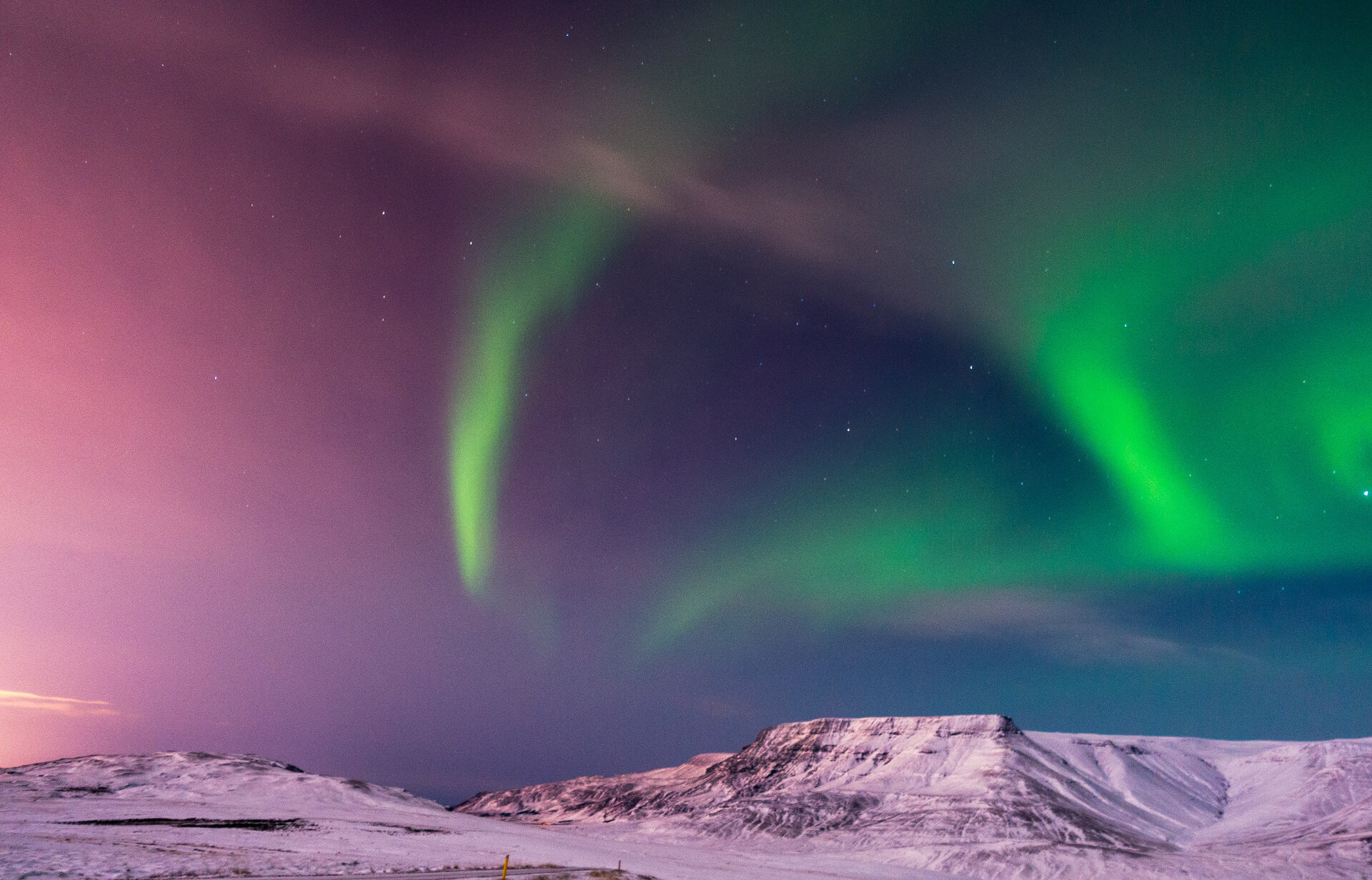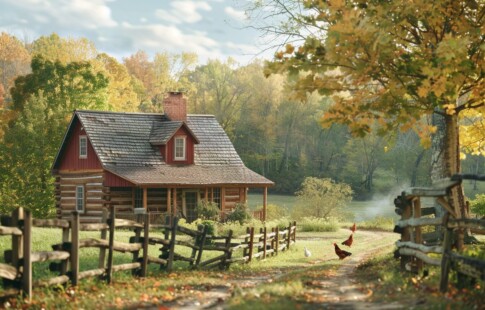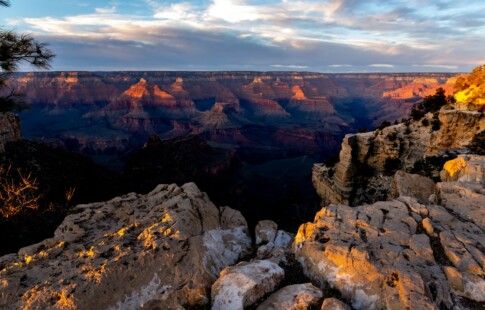
7 Natural Wonders of the World: Old and New
We are reader-supported. When you buy through links on our site, we may earn affiliate commission.
Humans love to brag about how lush and gorgeous the planet is just as much as they love putting the best of the best on a list. Countless spots on this planet would make anyone gawk in awe, but some are globally recognized. What are the original seven natural wonders of the world, and have we identified more worth mentioning?
How Do People Classify Natural Wonders?
The defined natural wonders are not human-made. They are structures that must have formed entirely in nature without human influence. Many confuse the seven natural wonders of the world with a few different esteemed lists, including:
- The 7 Wonders of the Ancient World: This includes the Lighthouse of Alexandria, the Great Pyramid of Giza, the Colossus of Rhodes, the Hanging Gardens of Babylon, the Mausoleum at Halicarnassus, the Statue of Zeus at Olympia, and the Temple of Artemis at Ephesus.
- The 7 Wonders of the Modern World: This includes the Panama Channel, the CN Tower, the Empire State Building, the Channel Tunnel, the Golden Gate Bridge, the Delta and Zuiderzee Works, and the Itaipú Dam.
- The New 7 Wonders of the World: This includes the Great Wall of China, Petra, Machu Picchu, Christ the Redeemer, the Colosseum, the Taj Mahal, and Chichén Itzá.
As you can see, everyone from the American Society of Civil Engineers to the New7Wonders Foundation wanted to recognize the beauty and accomplishments of this planet — whether human-made or not. There are even lists of wondrous cities and underwater structures. Some countries have their own national wonders compilations.
Let’s review the original natural wonders list, and then we will dive into the modern winners that cover even more of Earth’s phenomenal majesty.
The Original 7 Natural Wonders of the World
As you can see, humans love to debate what the world’s wonders are, but the most famous rendition of the original natural wonders list arrived in 1997 from none other than CNN. Here is what they deemed worthy.

The Grand Canyon, USA
Erosion is an incredible force, crafting one of the most memorable and terrifying spectacles in the Grand Canyon. It is bigger than you can probably comprehend unless you’re there — it reaches 29 kilometers in width at its widest point, and it stretches 446 kilometers in total. The warm tones of the rock will leave you speechless.

Victoria Falls, Zambia and Zimbabwe
If Americans think Niagara Falls is good, wait until they see Victoria Falls. It’s one of the largest waterfalls on the planet, with a dominating mist that earned its nickname from the locals — the smoke that thunders.
The Aurora Borealis
Take a trip to the Arctic Circle to witness one of the most surreal dances of light. The green, blue, and purple streaks in the sky are sun particles interacting with the atmosphere at unimaginable speeds. It’s a good thing the atmosphere is there. Otherwise, those particles would cause severe damage. You can view the Northern Lights from many high latitudes, but most say Norway is the best place for viewing.

Mount Everest, China, Tibet, and Nepal
Everyone knows of this legendary giant mountain in the Himalayas. At a staggering 8,850 meters or 29,035 feet, many have risked their lives for the view from its highest peak. The first to reach its summit was Edmund Percival Hillary in 1953, and over 6,000 more have followed in his footsteps.

The Great Barrier Reef, Australia
It’s hard to think about the Great Barrier Reef without considering how the media has covered it in recent years regarding the climate crisis. Despite years of bleaching, it remains the largest reef. Professionals have devoted their lives to restoring it to its original splendor, and efforts look optimistic yet nuanced.

The Harbor at Rio de Janeiro, Guanabara Bay, Brazil
This is one of the few places where you get multiple wonders at once. From Corcovado Mountain in the bay, you can see Christ the Redeemer and the glorious waters and peaks of Brazil’s finest.

Paricutin Volcano, Mexico
Paricutin is a strange circumstance. Many of these wonders are ancient, while Paricutin isn’t even a century old. It is a baby volcano compared to its global elders, but the speed at which it developed is precisely why it’s on the list. What was once a cornfield is now a cinder cone volcano that boggles minds even today.
The New 7 Wonders of Nature
In 2007, the New 7 Wonders of the World campaign began. This is an obvious cream of the crop because finalists that didn’t make the cut include the Black Forest in Germany, Mount Vesuvius in Italy, and Milford Sound in New Zealand. If these fantastic places didn’t make it, what reigned supreme? After four years of voting and long lists of contenders, these are the champions.
- Iguaçu Falls, Brazil and Argentina: The largest set of waterfalls in the world on the Brazilian-Argentine border.
- Amazon River and Rainforest, South America: Everyone knows of this forest’s dominating biome of astronomical biodiversity and lush greenery.
- Komodo Island, Indonesia: A national park that houses the world’s largest lizard — the Komodo dragon.
- Table Mountain, South Africa: A strange wonder that towers over Cape Town, but not as a sharp peak — Table Mountain is flat due to an ice age.
- Puerto Princesa Underground River, Philippines: A national park with a subterranean river and numerous cave systems with striking biodiversity.
- Jeju Island, South Korea: A volcanic island featuring the famous Lava Tubes and Hallasan Volcano.
- Hạ Long Bay, Vietnam: A bay of thousands of limestone isles.
Will Humanity Declare Even More Natural Wonders?
Foundations have already recognized many corners of planet Earth. From waterfalls to islands to volcanoes, there are plenty of places that would take anyone’s breath away. As much as humanity has seen and touched, who knows what the future holds for these well-known wonders — perhaps there are a few still yet to be discovered that will supersede the rest. Only time will tell.
In the meantime, the point of these recognitions is to prioritize protection. The natural world needs our help to stay intact, and losing these wonders is not worth anything.
Share on
Like what you read? Join other Environment.co readers!
Get the latest updates on our planet by subscribing to the Environment.co newsletter!
About the author
Rachel Lark
Rachel serves as the Assistant Editor of Environment.co. A true foodie and activist at heart, she loves covering topics ranging from veganism to off grid living.





